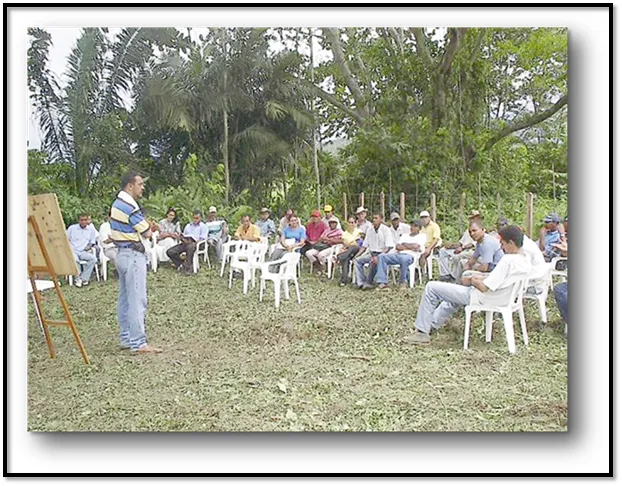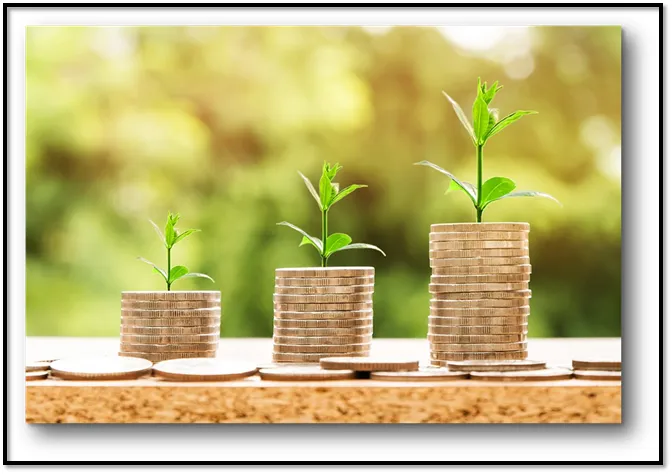Dear readers, we have been dealing with topics on the productivity of agricultural systems and the sustainability of these systems, which is why, in this article, we will describe in a summarized manner how the evaluation of sustainability in these agricultural spaces should be carried out. To begin with, it is important to point out that this evaluation does not allow to determine in its totality the sustainability of a system, since it is a very complex aspect, however, it constitutes a very useful tool for the comparison between one or more management systems, or to analyze the evolution of an agroecosystem over time, for which reason it is very important to specify the main attributes associated with it and the definition of adequate criteria and indicators.

Design by @amestyj with public domain image taken from Publicdomainpictures
In this sense, sustainability can be measured or evaluated through indicators, which Neves, Thome y Castro (2005) defines as variables whose purpose is to measure a change in a given phenomenon or process, which can function as an instrument that facilitates the measurement of changes generated in a system. Sarandón (2009) defines indicators as variables that make clear a trend that at first sight is difficult to detect. There are several indicators that exist, which should be selected according to the characteristics to be evaluated. Following, according to the criteria of the aforementioned authors, some of the indicators used to evaluate the sustainability of agroecosystems will be described.
Social Indicators
Food safety. Indicates the qualitative assessment of the risks to human health that the product may pose due to the presence of drug residues, products for farm disinfection, pathogenic microorganisms, among other elements.
Participation in decision-making. This indicator considers the qualitative assessment of the degree of participation of all the people involved in the management of the production unit in decision-making.
Living conditions. This indicator shows the characteristics of the environment in which the inhabitants involved in the productive system spend the night, considering the availability and quality of public services.
agroecosystem sustainability assessment with producers.




Photograph captured by @amestyj at a farm in the area.
Economic indicators
Cost of production per liter of milk. This indicator takes into account the costs generated in milk production, including labor, inputs, veterinary medicine, public services, among others. This information will be obtained with data from each farm and information provided by the producer. The costs generated in the year will be divided by the number of liters produced in the same year.
Access to credit. Financial services are important for development In this sense, access to capital allows rural families to improve their production systems. To evaluate this indicator, variables such as credit history and fulfillment of guarantees will be taken into account. In this sense, the study will determine the producer's access to credit, the lending institutions to which they turn and the rating given by producers on banking services in the area.
Cost/benefit ratio. The purpose of this indicator is to determine the relationship between the sum of revenues and expenses.
Operating profitability. This indicator measures the investment for an already concluded economic period. It is calculated by comparing the level of profit obtained during that period with the amount of capital that has participated in the generation of that profit and is expressed in percentage terms.

Design by @amestyj with public domain image taken from Pixabay
Environmental indicators
The importance of the use of environmental indicators lies in their use for environmental management, since they can guide the analysis and management of environmental information. The most important functions that environmental indicators should fulfill include: evaluating environmental conditions and trends, comparing situations over time and space, providing key information in advance, and anticipating future trends and conditions.
In this case, the following indicators will be considered:
- Level of nutrient recycling
- Level of agrochemical application
- Soil conservation
- Vegetation cover management.
- Preventive measures for pest control
| Final considerations |
|---|
Dear readers, it is evident that the social and environmental components must be considered to determine the possible sustainability of agricultural ecosystems, the production units that take into account these aspects will surely be able to maintain themselves over time, always considering that there must be a perfect synergy between what is produced and the effect on the environment and the quality of life that it provides to those who are responsible for generating such production with their work.
| Bibliographic references |
|---|
Neves, F., Thomé, M. & Castro, L. (2005). Agribusiness and sustainable development. Agroalimentaria, 27, 43-53.
Sarandon, J. & Flórez, C. (2009). Sustainability assessment in agroecosystems: a methodological proposal. Agroecology journal 4 (1) 19- 28.

